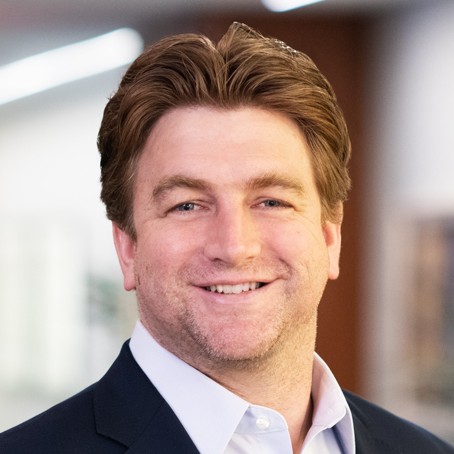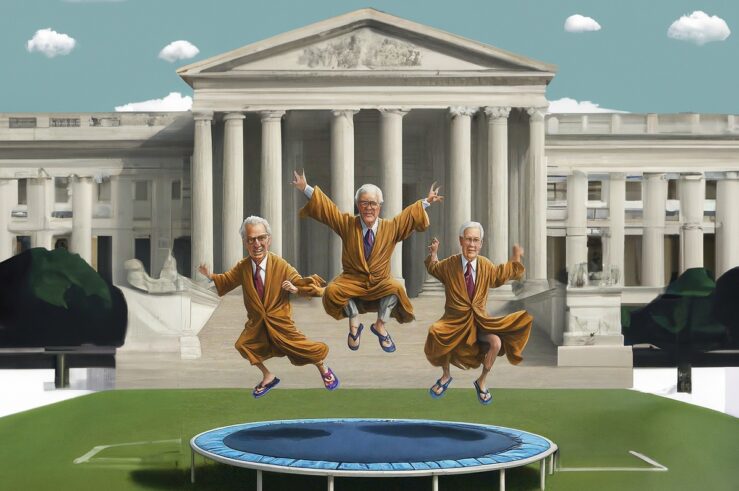A few quick reactions to the repudiation of the Section 2 Report, and more importantly, what it means for the future of monopolization enforcement:
First, the most disappointing thing about the withdraw of the Report and this announcement is that it is incredibly dismissive about the long hours of work put into this project by both DOJ and FTC staff, the academic community, as well as business representatives. The idea that identifying instances in which monopolization enforcement can generate a positive rate of return for consumers when one accounts for the cost of errors is an easy challenge that can be solved by resolving on “tried and true” cases is a fallacy. The reason that we had Section 2 Hearings is precisely because even if we had acceptable monopolization standards in the cases, we don’t know whether these tests are consistent with an approach that enhances consumer welfare.
Second, declaring that we know anticompetitive conduct when we see it threatens to continue the trend to write serious economic analysis out of antitrust analysis. It is only a slight exaggeration to say that the withdraw of the Report and announcement threaten to bring antitrust back to the 1960s.
Third, to the extent that the new monopolization approach does not take us back to the 1960s, it will be because the approach envisioned will run squarely into Section 2 case law that embraces the very error cost approach that the AAG rejects — leading to quite an odd tension at a law enforcement agency.
Fourth, I’m not sure what the procedural requirements to do this would be at the DOJ, but the Section 2 Report should be published and contrary to what Varney declared (“the Report and its conclusions should not be used as guidance by courts, antitrust practitioners, and the business community”), the Report should be used for eaxctly those purposes. One of the things that the Report does is summarize existing Section 2 law. It combines the insight of 2 years of testimony and thousands of hours from experts from these communities and, to my mind (and no matter whether I agree with all of the conclusions or not — I don’t), is the single most important document on monopolization law as it exists. The FTC dissenting Commissioners nor Varney have offered a competing statement of Section 2 law. While it may no longer be a useful document to predict what the DOJ will do in a given case, it may well be an excellent document for predicting the outcomes of those cases in federal court.
Fifth, as many of our Section 2 Symposium particpants indicated, the rejection of the error-cost framework is a critical step backwards for antitrust enforcement. One can rationally disagree about the relevant empirical estimates of incidence of anticompetitive conduct and magnitude of social costs of errors, but one cannot rationally and simultaneously commit to rejection of the error cost framework (or the non-existence of false positives) and a consumer welfare approach to antitrust.
Sixth, Varney’s statement points Conwood of all cases as one of its handful of “strong examples of successful challenges to exclusionary conduct and the Department will look to them in establishing its Section 2 enforcement priorities.” Yikes. As I wrote just the other day in the symposium with respect to Conwood‘s bona fides as a paradigmatic Section 2 case, the notion that Conwood represents best practices in Section 2 enforcement is a scary thought. To the contrary, I’ve written elsewhere that Conwood is a fairly good example of a false positive (forthcoming in SCER, but link available here). Here’s what I said in the comments the other day:
It is true most commentators focus on the product destruction and allegations of misleading retailers and discuss Conwood as a classic example of a “cheap exclusion case,” much like the textbook example of blowing up the rival’s factory. But there are some problems with this characterization, not the least of which is that Section 2 still requires that plaintiffs demonstrate actual competitive harm and engage in some analysis on that issue. A close look at the evidence in Conwood suggests that the evidence is woefully insufficient with respect to competitive harm.
Also, commentators frequently (following the Sixth Circuit’s example) ignore the fact that Conwood prevailed under a Section 2 theory that included not just the tortious conduct, but also presumptively pro-competitive conduct such as offering loyalty programs and category management services to retailers. The Sixth Circuit never disaggregated lawful from unlawful conduct for the purposes of liability or damages analysis. But the more important point for our purposes is that a case involving some allegations of indisputably “bad” conduct (product destruction), but little evidence of consumer harm, resulted in a Section 2 judgment and expensive settlements that swept in pro-competitive conduct like exclusive dealing and category management contracts.
Regarding the characterization of the evidence in that case as “quite strong,” I’m not alone in my belief that it is incorrect. Consider that the damages calculations at trial have been heavily criticized by many antitrust and evidence scholars. See, e.g. D.H. Kaye’s analyses in the Virgina Law Review and Jurimetrics (2003), a scathing amicus brief in support of a writ for certiorari from several leading economists attacking the damages estimates, and a lengthy critical discussion in Herbert Hovenkamp’s Antitrust Enterprise which makes Conwood the poster child of sorts of the case against private litigation.
All in all, these predictions are looking better by the day.




